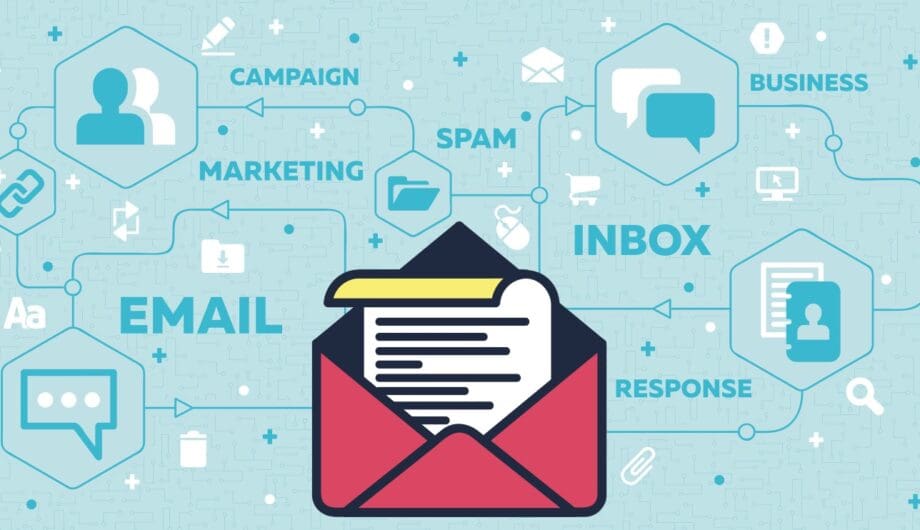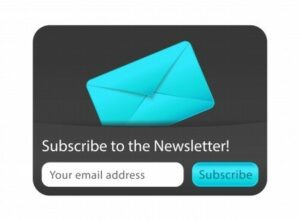
 We are often asked to set up an opt-in on websites to allow users to subscribe to the business or individual’s email newsletter. It’s easy enough to do using any of the many, many tools available, but you may not realize the mistakes that many people make when setting up their email marketing plan.
We are often asked to set up an opt-in on websites to allow users to subscribe to the business or individual’s email newsletter. It’s easy enough to do using any of the many, many tools available, but you may not realize the mistakes that many people make when setting up their email marketing plan.
- Not offering an opt-out. You must give people a way to unsubscribe. Sometimes a newsletter sounds like a great idea and then a year later it’s not as important or as useful. Just because they signed up to get your newsletter does not give you permission to spam them for life. At some point, they may want out. You need to respect that and make it super easy to do. Most newsletter programs, like MailChimp and Constant Contact, have that unsubscribe built into their templates.
- Not breaking up text. People are skimmers. They don’t want to read a book in their email. You need to break it up. Give a brief overview. A bulleted list is always great. Include links to your blog posts or web pages that have more information on the topic. Break it up with images.
- Not including social sharing options. Give your subscribers an option to share your newsletter with their friends in every available format. If one person shares, then another person may share, and so on. That is free publicity. It’s easy to set up.
- Making it impersonal. Don’t make your reader feel anonymous. Greet them by name, not with “Dear Customer.” Don’t send the email from marketing@yourcompany.com or even worse, donotreply@yourcompany.com. People will always remember how you made them feel. Make them feel good when they read your newsletter. Make them feel valued. You’ll get a better response if you do.
- Sending without testing. Always, always, always send yourself a test message, or several test messages, before you make that leap to send it to the whole group. Do you have a valued friend or family member who would be willing to give it a once over? Send them a test too. A second set of eyes can catch embarrassing typos that you may miss.
- Sending from their email program instead of using a newsletter system. If you’re looking to get your email account flagged as a spammer, this is a great way to do it! Newsletter systems like MailChimp send out emails in small bursts rather than all at once, with protections in place to ensure deliverability and to prevent you being marked as a spammer. Your regular email account isn’t really set up for mass sending so just don’t do it!
- Boring subject lines! The first thing your email subscriber will see is that subject line, so take your time and think about what you want to say to them! Connect with them with a catchy subject line that makes them want to dive in and read what you have to say.
- Not segmenting your messages. Do you have one big list instead of segmented lists? Are all your customers interested in the same things? If you offer more than one service or product, you might benefit from segmenting your lists. The best part of segmented lists is that you can send out messages tailored to specific lists and give people the information they are most interested in.
- Your message is uninteresting. If you don’t have anything good to share, don’t send a message just to send one! Make it valuable. Make it something people want to read. It only takes one boring or uninteresting message arriving in a subscribers inbox to lose their interest. One boring message and they might not even read the next one. Make sure the information you share has value to your subscriber.
Need help setting up your email newsletter and integrating your signup form in your website? We can help! Contact us today to find out how.
Owner/Developer
Amy Masson
Amy is the co-owner, developer, and website strategist for Sumy Designs. She's been making websites with WordPress since 2006 and is passionate about making sure websites are as functional as they are beautiful.
